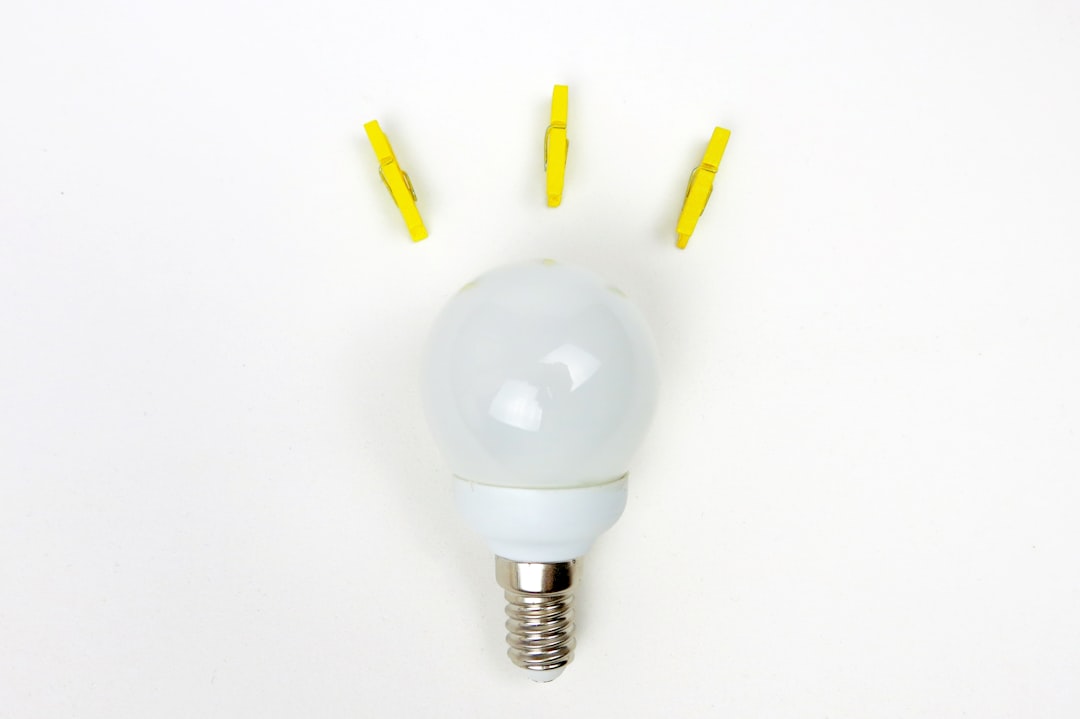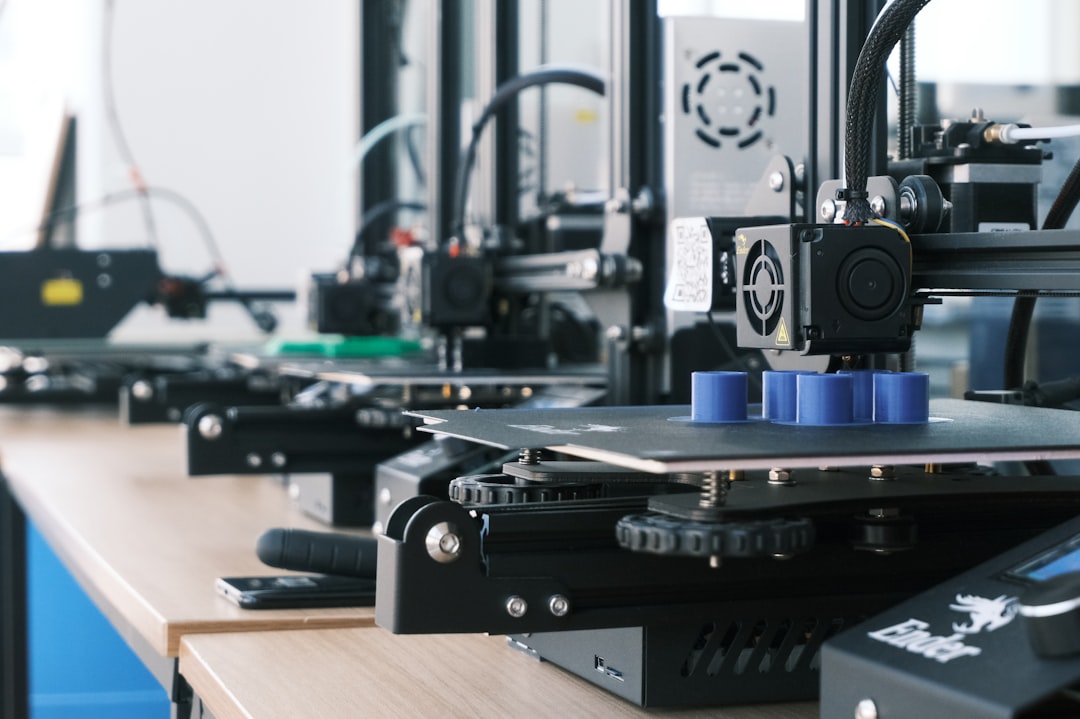What is it about?
Additive manufacturing of active structures, also referred to as 4D printing, could replace conventional motors in disciplines like biomedical engineering or robotics. In this work, metallic actuators are 3-D printed using an extrusion-based technique. The materials show good mechanical properties and a shape memory effect: they can be strained and the original shape recovers after exposure to high temperatures. The technique further allows the fabrication of more complex geometrical designs able to stand even greater deformations.
Featured Image

Photo by Samsung Memory on Unsplash
Why is it important?
Most of the previous work on additive manufacturing active materials has so far focussed on polymeric materials, which often show poor mechanical properties and durability. At the same time, the few previous works on 3D printing shape memory alloys used 3D printing techniques requiring high local temperatures, often leading to high stresses that in turn are detrimental to the mechanical properties of the material. This research, therefore, opens the door for 4D printing applications requiring high mechanical properties.
Perspectives
Shape memory alloys look almost magical to non-expert audiences. Deform a material, apply some heat, and it will recover its original shape. With 3D printing, we can design materials that can recover even more! One key challenge of 3D printing is, however, the quality of the materials that can be printed. Specifically, stresses (the force that leads to deformation) can severely limit the functionality of the printed material. In the case of shape memory alloys, stresses can easily limit their "recovery". Localized heat is one of the major causes of stress on materials. Previous successful attempts to 3D print shape memory alloys used powder-based techniques, which by definition need highly localized heat. Therefore, achieving 3D printing of shape memory alloys with a filament-based technique opens the door to printing shape memory alloys in geometries that maximize the shape recovery without compromising their mechanical properties with stress.
Jose Luis Ocana Pujol
ETH Zürich, D-CHAB
Read the Original
This page is a summary of: Filament extrusion-based additive manufacturing of NiTi shape memory alloys, Materials & Design, January 2023, Elsevier,
DOI: 10.1016/j.matdes.2022.111418.
You can read the full text:
Resources
Contributors
The following have contributed to this page










